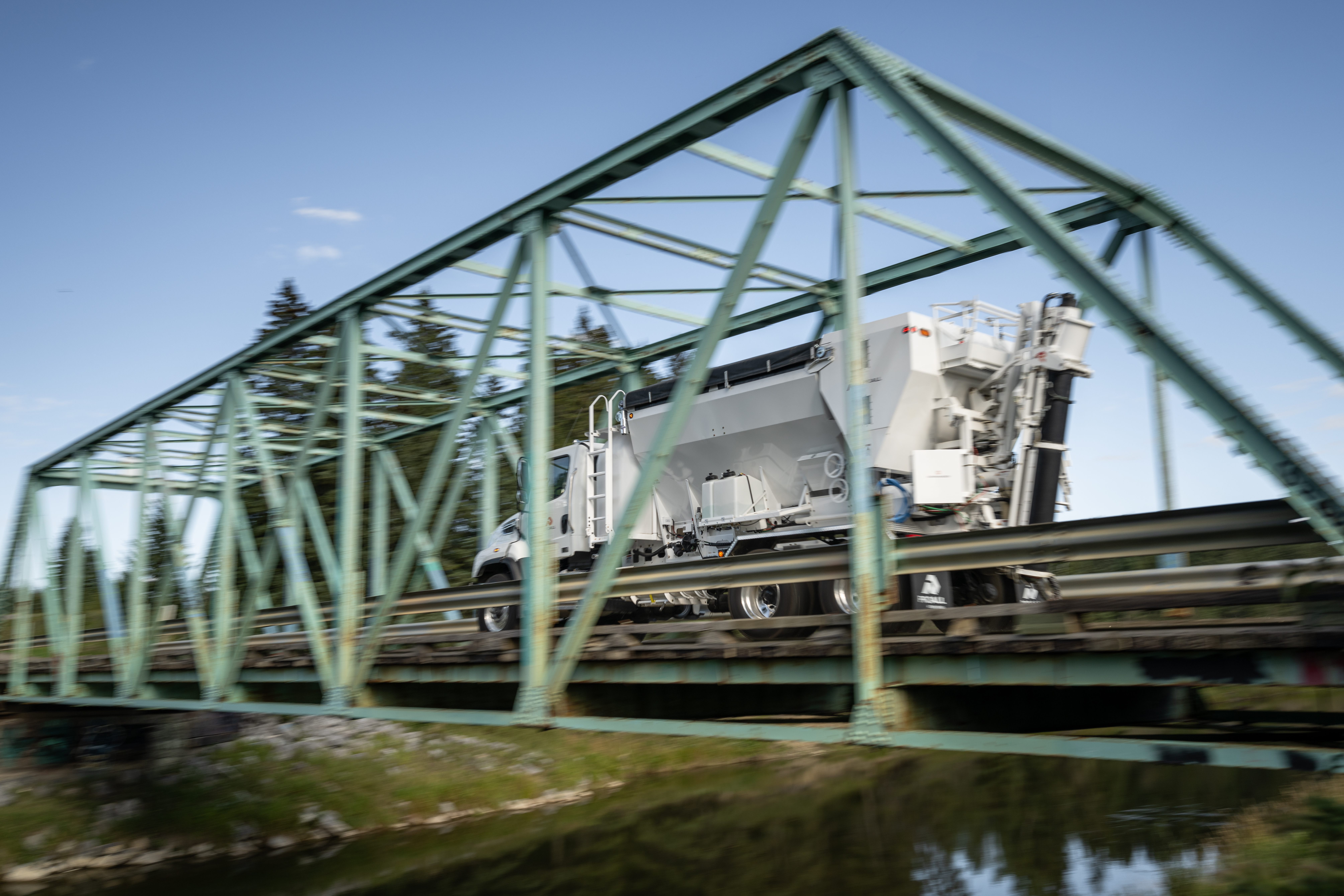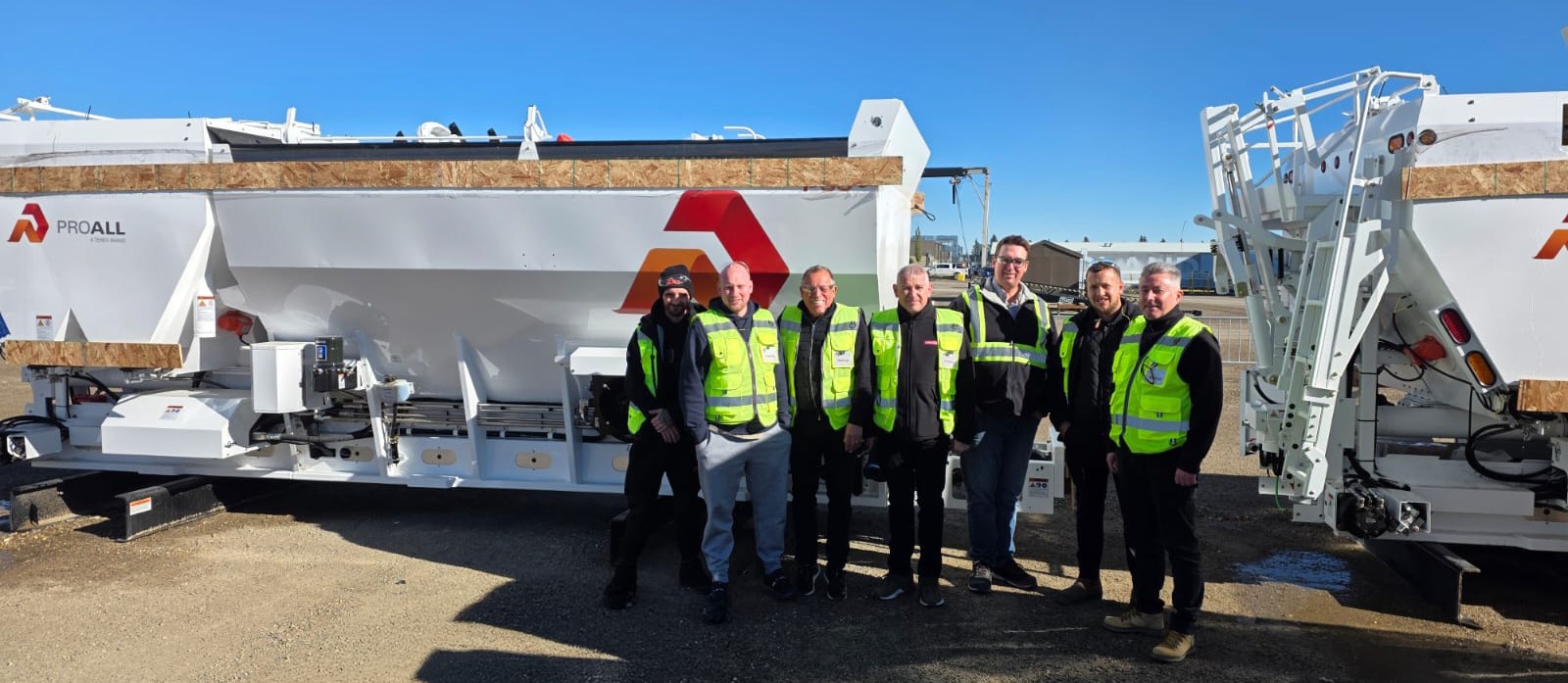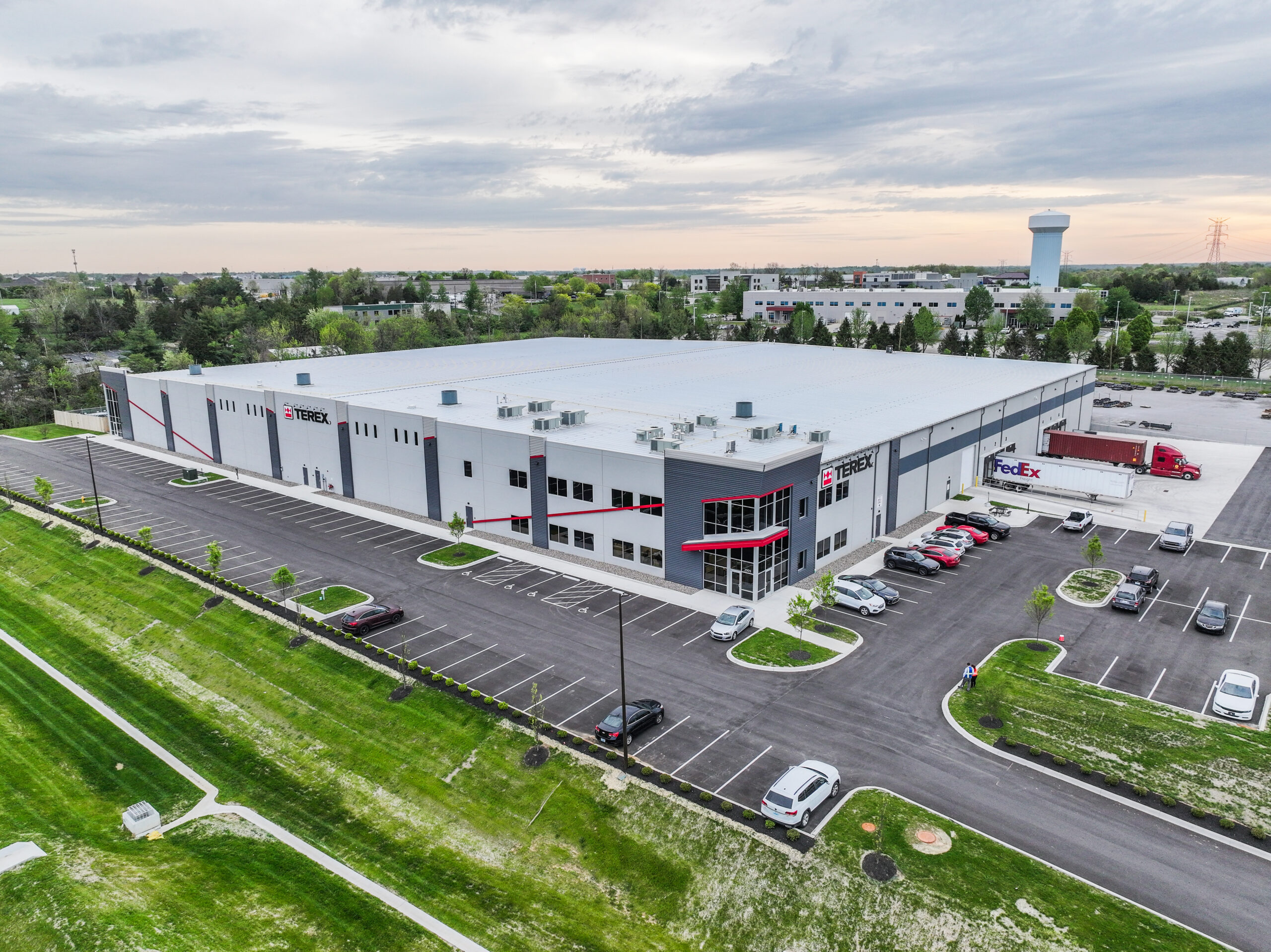
The Future of Concrete: Trends to Watch
Concrete, a material that has shaped the modern world through its versatility and strength, is on the cusp of transformation. As the construction industry evolves to meet new challenges and opportunities, concrete technology is also advancing. The focus is shifting towards sustainability, performance, and innovative applications. In this comprehensive exploration, we’ll delve into the key trends shaping the future of concrete, providing insights into how these developments are set to impact the industry, the environment, and the built environment.
1. Sustainable and Green Concrete
Sustainability is at the forefront of many industries, and concrete is no exception. The environmental impact of concrete production, primarily due to the high carbon emissions associated with Portland cement, has driven a push for more sustainable practices.
- Low-Carbon Concrete: Traditional Portland cement is a significant source of carbon dioxide emissions. To address this, researchers and industry leaders are developing low-carbon alternatives. These include:
- Supplementary Cementitious Materials (SCMs): Materials like fly ash, slag, and silica fume can partially replace Portland cement in concrete mixes. These SCMs not only reduce the carbon footprint but also enhance concrete properties, such as strength and durability.
- Geopolymer Cements: Geopolymers are made from industrial by-products and have a much lower carbon footprint compared to traditional cements. They offer high durability and resistance to harsh environments, making them suitable for a range of applications.
- Recycled Aggregates: The use of recycled aggregates, derived from crushed concrete or other construction waste, is becoming more prevalent. Recycled aggregates help in conserving natural resources, reducing the demand for virgin materials, and decreasing the amount of waste sent to landfills. The quality and performance of recycled aggregates have improved, making them a viable option for many projects.
- Carbon Capture and Utilization: Capturing carbon dioxide during the concrete production process and using it to enhance the properties of concrete is an emerging trend. Techniques such as injecting CO2 into wet concrete can help sequester carbon and potentially improve the concrete’s strength and durability. This approach aligns with broader goals of reducing greenhouse gas emissions and mitigating climate change.
2. Smart and High-Performance Concrete
Advancements in technology are transforming concrete into a smart material with enhanced performance characteristics. These innovations aim to improve the efficiency, durability, and functionality of concrete structures.
- Self-Healing Concrete: Self-healing concrete contains embedded materials or additives that react with moisture to fill cracks automatically. This technology extends the lifespan of concrete structures and reduces maintenance needs. Self-healing properties are achieved through various mechanisms, including:
- Microcapsules: These contain healing agents that are released when cracks occur.
- Bacterial Concrete: Bacteria embedded in the concrete produce limestone when exposed to water, which helps to seal cracks.
- High-Performance Concrete (HPC): HPC is designed to offer superior properties compared to conventional concrete. It is formulated to provide:
- Enhanced Strength: Higher compressive strength and tensile strength make HPC suitable for demanding applications such as high-rise buildings and bridges.
- Improved Durability: HPC is more resistant to environmental factors such as corrosion, freeze-thaw cycles, and chemical attacks. This durability reduces maintenance costs and extends the lifespan of structures.
- Smart Concrete: Integrating sensors and monitoring technology into concrete allows for real-time data collection on the material’s condition. Smart concrete can provide information on factors such as stress, temperature, and moisture levels, enabling proactive maintenance and management. This technology can help prevent structural issues before they become critical and optimize the performance of concrete structures.
3. 3D Printing and Modular Construction
The advent of 3D printing and modular construction is revolutionizing the way concrete structures are designed and built. These methods offer new possibilities for efficiency, precision, and creativity in construction.
- 3D Concrete Printing: 3D printing technology allows for the precise layering of concrete to create complex shapes and structures. This method offers several benefits:
- Customization: 3D printing enables the creation of bespoke designs that would be difficult or impossible to achieve with traditional methods.
- Speed: The ability to rapidly produce concrete components can significantly reduce construction time and costs.
- Material Efficiency: 3D printing uses only the material necessary for the structure, reducing waste and minimizing the environmental impact.
- Modular Construction: Modular construction involves prefabricating building components in a controlled factory environment before transporting them to the construction site. This approach offers:
- Quality Control: Factory conditions allow for better control over the quality of concrete and other materials, leading to higher precision and consistency.
- Reduced Construction Time: Assembling pre-fabricated modules on-site is quicker than traditional construction methods, leading to faster project completion.
- Waste Reduction: Modular construction minimizes on-site waste and allows for more efficient use of materials.
4. Innovative Mix Designs and Additives
The development of new mix designs and additives is enhancing the performance and versatility of concrete. These innovations aim to address specific challenges and improve the overall quality of concrete.
- Nanotechnology: Nanomaterials are being integrated into concrete to enhance its properties at the microscopic level. Benefits of nanotechnology in concrete include:
- Increased Strength: Nanomaterials can improve the strength and durability of concrete by refining its microstructure.
- Enhanced Durability: Nanoparticles can help in reducing the permeability of concrete, making it more resistant to environmental factors and extending its lifespan.
- Additives for Performance: Advances in chemical additives and admixtures allow for better control over concrete’s properties. These additives can:
- Improve Workability: Admixtures such as superplasticizers enhance the workability of concrete, making it easier to place and finish.
- Control Setting Times: Accelerators and retarders can adjust the setting times of concrete, allowing for better management of construction schedules and environmental conditions.
- Enhance Resistance: Additives can provide additional resistance to specific conditions, such as high temperatures, chemical exposure, or freeze-thaw cycles.
5. Increased Focus on Durability and Longevity
As construction demands grow, there is a heightened focus on ensuring that concrete structures are durable and long-lasting. This trend is driven by the need for cost-effective maintenance and the desire to extend the lifespan of infrastructure.
- Durable Concrete Solutions: Researchers and engineers are developing concrete formulations that offer improved durability against various stresses. These solutions include:
- High-Performance Mixes: Specially designed mixes that provide superior resistance to environmental challenges.
- Protective Coatings: Coatings and sealers that shield concrete from harsh conditions and extend its lifespan.
- Lifecycle Assessment: Evaluating the entire lifecycle of concrete structures helps in understanding their environmental and economic impacts. Lifecycle assessments consider:
- Production and Transportation: Analyzing the emissions and resource use associated with concrete production and transportation.
- Maintenance and Repair: Assessing the costs and impacts of maintaining and repairing concrete structures over time.
- End-of-Life: Considering the options for recycling or reusing concrete at the end of its lifecycle.
6. Regulatory and Standards Evolution
The concrete industry is also experiencing changes in regulations and standards, reflecting the shift towards more sustainable and high-performance practices.
- Stricter Emission Standards: Regulations are becoming more stringent regarding emissions from concrete production. Compliance with these standards is essential for reducing the industry’s carbon footprint and promoting the use of low-carbon technologies.
- Updated Building Codes: Building codes are evolving to incorporate new technologies and practices. These updates ensure that concrete structures meet modern safety, performance, and sustainability requirements. Keeping abreast of changes in building codes is crucial for staying compliant and leveraging the latest advancements in concrete technology.
The future of concrete is characterized by a blend of sustainability, innovation, and enhanced performance. As the industry continues to adapt to environmental challenges and technological advancements, the concrete of tomorrow promises to be more efficient, durable, and environmentally friendly.
By staying informed about these trends and embracing new technologies, those involved in construction can contribute to more sustainable practices, optimize project outcomes, and build resilient structures that meet the demands of the modern world. The journey towards a more advanced and sustainable concrete industry is well underway, and the possibilities for the future are both exciting and promising.


